Growing Focus on Cost Reduction
The Sensor Based Sorting Machines For Mining Market is significantly influenced by the growing focus on cost reduction among mining companies. As the industry faces fluctuating commodity prices, there is an urgent need for operational efficiency. Sensor-based sorting machines provide a solution by minimizing the costs associated with manual sorting and enhancing the speed of material processing. By automating the sorting process, these machines reduce labor costs and increase throughput, allowing companies to respond more effectively to market demands. Furthermore, the ability to recover more valuable materials from the ore can lead to improved profit margins. As mining companies continue to seek ways to streamline operations and cut costs, the adoption of sensor-based sorting technologies is expected to gain momentum, reinforcing their role in the industry's future.
Rising Investment in Mining Technologies
The Sensor Based Sorting Machines For Mining Market is benefiting from rising investments in mining technologies. As the global demand for minerals and metals continues to grow, mining companies are increasingly allocating resources towards innovative solutions that enhance productivity and sustainability. The market for mining technology is projected to reach over 200 billion USD by 2026, indicating a robust interest in advancements such as sensor-based sorting machines. These investments are driven by the need to improve operational efficiency, reduce environmental impact, and comply with regulatory standards. As companies recognize the potential of sensor-based sorting technologies to transform their operations, the market is likely to see a surge in adoption. This trend not only reflects the industry's commitment to modernization but also highlights the critical role of technology in shaping the future of mining.
Technological Innovations Driving Market Growth
The Sensor Based Sorting Machines For Mining Market is propelled by continuous technological innovations. Advancements in sensor technologies, such as X-ray transmission and near-infrared spectroscopy, are enhancing the capabilities of sorting machines. These innovations allow for more precise material identification and separation, which is crucial for optimizing resource recovery. The market for sensor-based sorting machines is expected to witness a compound annual growth rate (CAGR) of approximately 8% over the next few years, reflecting the increasing adoption of these technologies in mining operations. As companies seek to leverage cutting-edge solutions to improve efficiency and reduce operational costs, the demand for advanced sorting machines is likely to rise. This trend underscores the importance of staying abreast of technological developments to maintain a competitive edge in the mining sector.
Regulatory Compliance and Environmental Standards
The Sensor Based Sorting Machines For Mining Market is influenced by stringent regulatory compliance and environmental standards. Governments and regulatory bodies are imposing stricter guidelines to minimize the environmental impact of mining activities. Sensor-based sorting machines contribute to these efforts by reducing the volume of waste generated and enhancing the recovery of valuable minerals. For instance, the implementation of these technologies can lead to a reduction in tailings, which are often a significant environmental concern. As mining companies strive to adhere to these regulations, the adoption of sensor-based sorting technologies is likely to increase. This trend not only helps in meeting compliance requirements but also enhances the overall sustainability of mining operations, making them more appealing to investors and stakeholders who prioritize environmental responsibility.
Increased Demand for Efficient Resource Extraction
The Sensor Based Sorting Machines For Mining Market is experiencing heightened demand due to the need for efficient resource extraction. As mining operations seek to optimize their processes, these machines offer advanced sorting capabilities that enhance recovery rates and reduce waste. The global mining sector is projected to grow, with an estimated value of over 1 trillion USD by 2025. This growth is likely to drive investments in innovative technologies, including sensor-based sorting solutions, which can significantly improve operational efficiency. Furthermore, the ability to sort materials based on specific characteristics allows mining companies to target high-value resources, thereby maximizing profitability. As a result, the integration of sensor-based sorting machines is becoming increasingly critical for mining operations aiming to remain competitive in a rapidly evolving market.



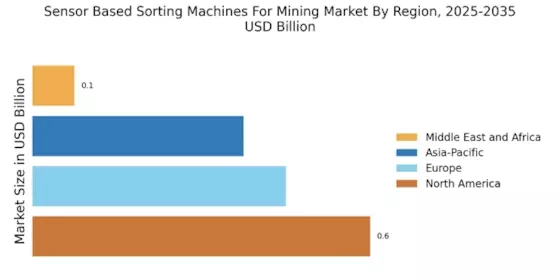
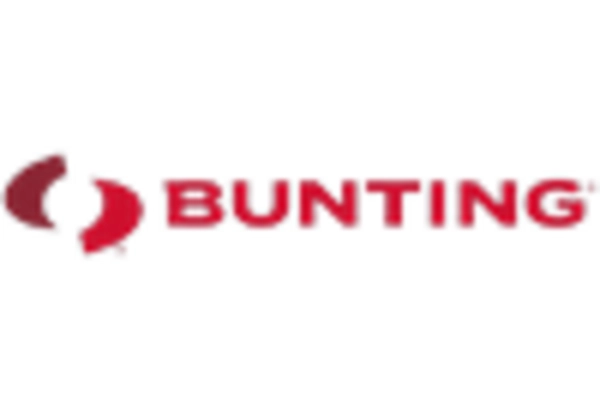
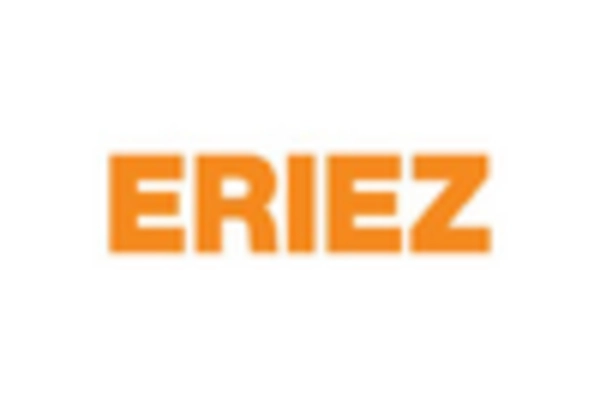
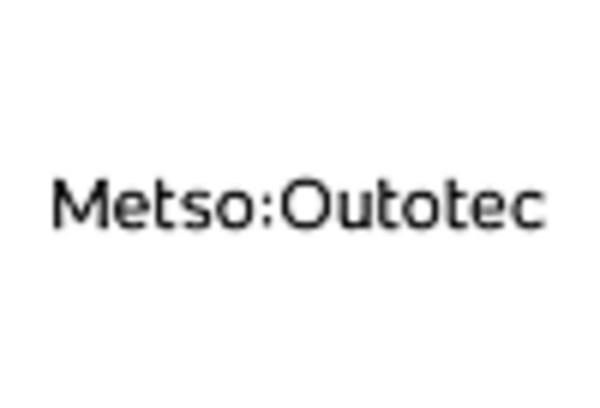
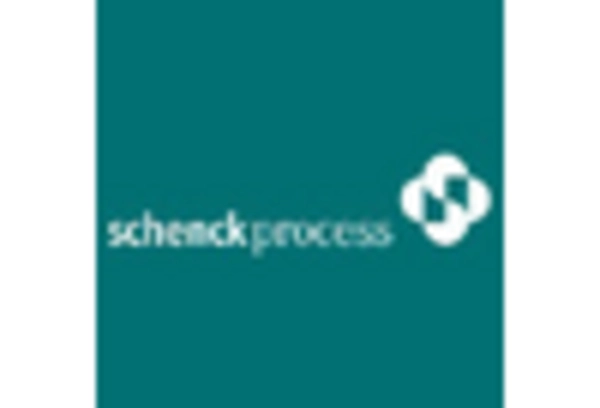
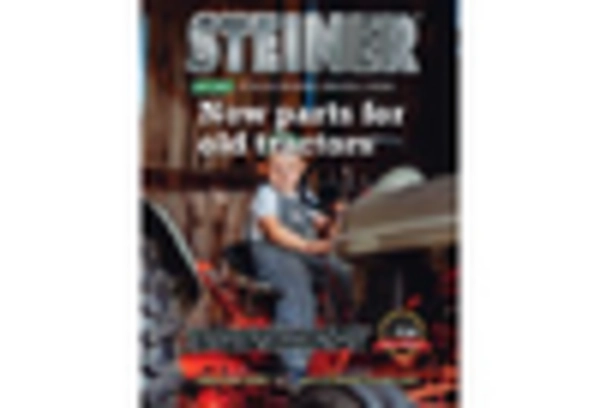
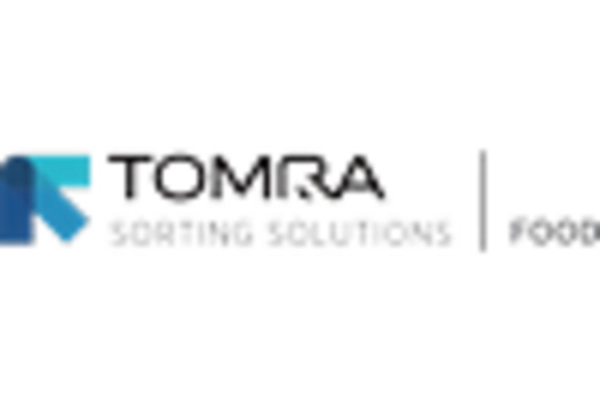








Leave a Comment